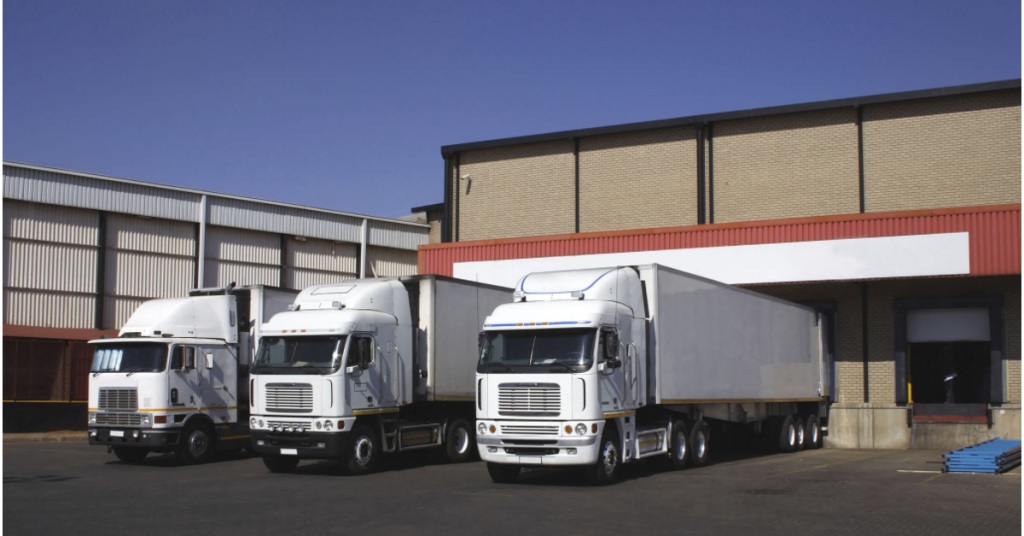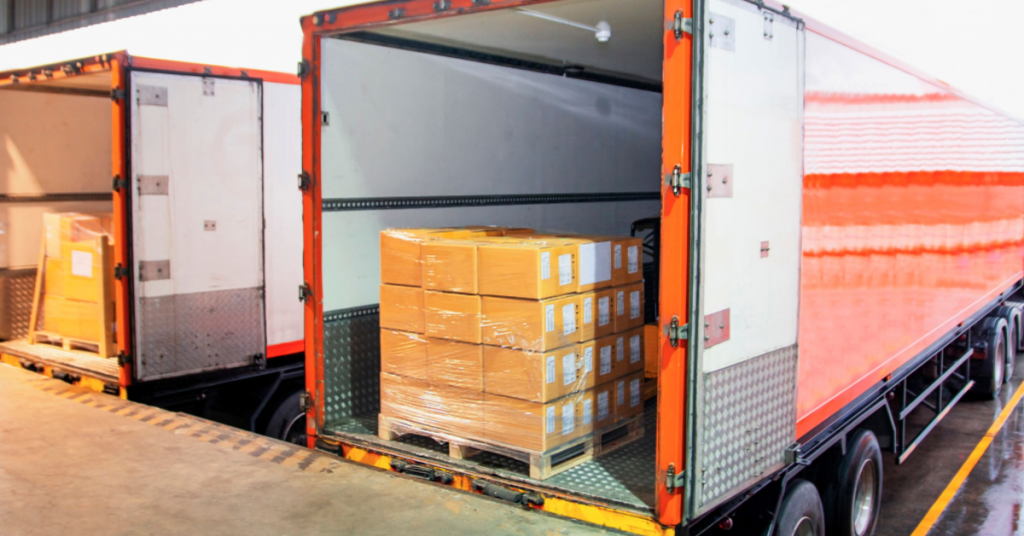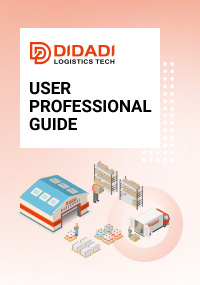FTL and LTL: A Comprehensive Guide to Shipping Your Freight

Whether you’re a e-commerce business owner or an individual looking to ship goods across the country, understanding the difference between FTL and LTL can save you time and cost.
Freight shipping is an essential part of the supply chain, and choosing the right method for your transportation needs is crucial.
In this article, we’ll discuss what FTL and LTL are, the benefits of each, and how to choose the best option for your freight.

FTL, or Full Truckload, is a shipping method where the entire contents of a truck are dedicated to one customer’s shipment. This means that the shipper pays for the use of the entire truck, regardless of how much space their shipment takes up. FTL is typically used for larger shipments, as the cost per unit is lower when shipping in bulk.
Benefits of FTL
Cost-effective for larger shipments: Since the shipper pays for the entire truck, the cost per unit decreases with larger shipments.
Faster delivery times: Since the shipment is the only one on the truck, it can be delivered directly to its destination, without any stops in between.
Reduced risk of damage: FTL shipments are less likely to be damaged during transit, as they are not consolidated with other shipments.

LTL, or Less Than Truckload, is a shipping method where multiple shipments from different customers are consolidated into one truckload.
This means that the shipper only pays for the space their shipment takes up, and not the entire truck. LTL is typically used for smaller shipments, as the cost per unit is higher when shipping in smaller quantities.
LTL freight provides a budget-friendly and flexible solution for transporting small amounts of goods, which is a popular choice among growing e-commerce companies for replenishing their inventory.
Benefits of LTL
Cost-effective for smaller shipments:
Cost-effective for smaller shipments: Since the shipper only pays for the space their shipment takes up, LTL can be more cost-effective for smaller shipments.
More flexible delivery options: LTL carriers typically have more routes and delivery options, as they are consolidating multiple shipments from different customers.
More environmentally friendly: LTL helps reduce the number of partially empty trucks on the road, reducing emissions and fuel consumption.
When it comes to transportation, shippers commonly ask themselves, “Should I use FTL or LTL freight?” The decision between LTL and FTL transport depends on various factors, here are a few key considerations that can help you make the right choice.
| Feature | FTL (Full Truckload) | LTL (Less Than Truckload) |
| Shipment Size | Best for large, full truck shipments | Ideal for smaller shipments with shared truck space |
| Transit Time | Faster transit time as it goes directly to the destination | Slightly longer transit time due to multiple stops |
| Cost | Cost-effective for larger shipments | Can be more expensive for smaller shipments |
| Packaging | Less handling, reducing the risk of damage | Requires robust packaging for multiple handling |
| Space Flexibility | Requires dedicated truck space | Utilizes unused space in trucks efficiently |
| Tracking | Easy to track with one shipment per truck | Tracking can be complex with multiple shipments |
| Carbon Footprint | Larger shipments may have a higher carbon footprint | Smaller shipments may lead to reduced carbon emissions |
| Freight Volume | Ideal for consistent high-volume shipments | Suitable for businesses with varying shipment quantities |
| Lead Time | Requires longer lead time for booking and organizing | Can be booked with shorter lead time due to frequent runs |
When you manually send orders to your warehouse, there is always the risk of human error. This can result in incorrect orders being shipped to customers, which can damage your reputation and lead to customer dissatisfaction.
Working with fulfillment center, you can significantly reduce the chances of errors occurring, as the entire process is handled by a computer system.
By partnering with a 3pl provider like DIDADI, businesses can benefit from a range of advantages.
Here are some ways that 3PL can help for FTL and LTL service:
Cost-effective solutions
Access to a wide network of carriers
Improved visibility and tracking
Risk management
They can help merchants manage the risks associated with transportation, such as damage or loss of goods, theft, and accidents. They can provide insurance coverage, implement safety measures, and handle claims if necessary.
Choosing the right shipping method for your freight is essential to ensuring timely, cost-effective delivery. FTL and LTL both have their benefits and drawbacks, and understanding the differences between them can help you make an informed decision about which option is best for your needs.
Whether you choose FTL or LTL, working with a reliable carrier like DIDADI can help ensure your shipment arrives at its destination safely and on time.
Recommended Reading















